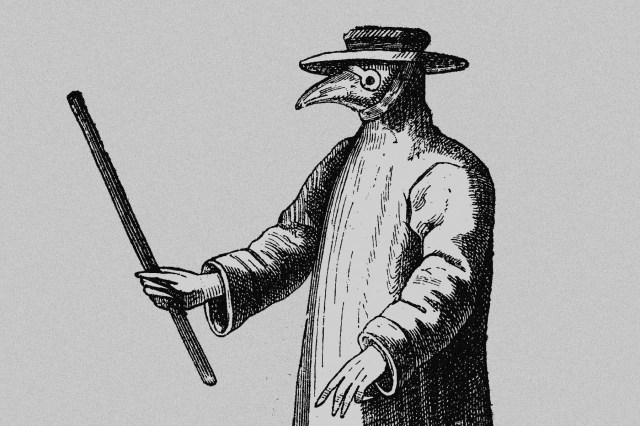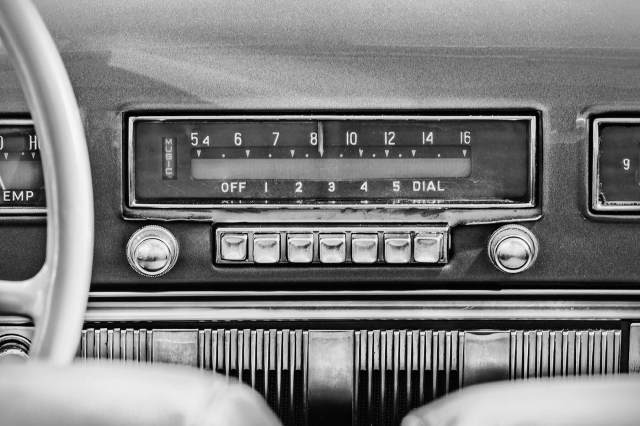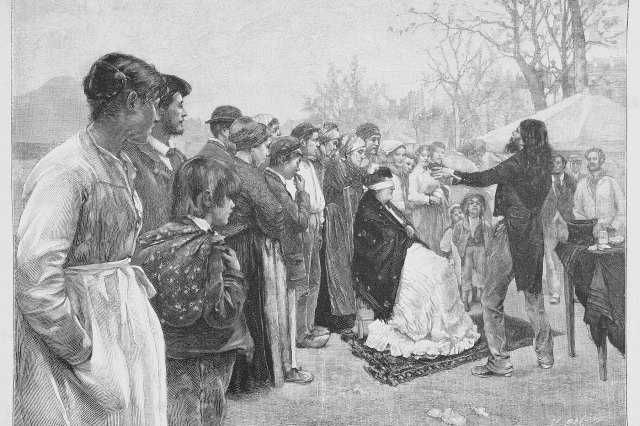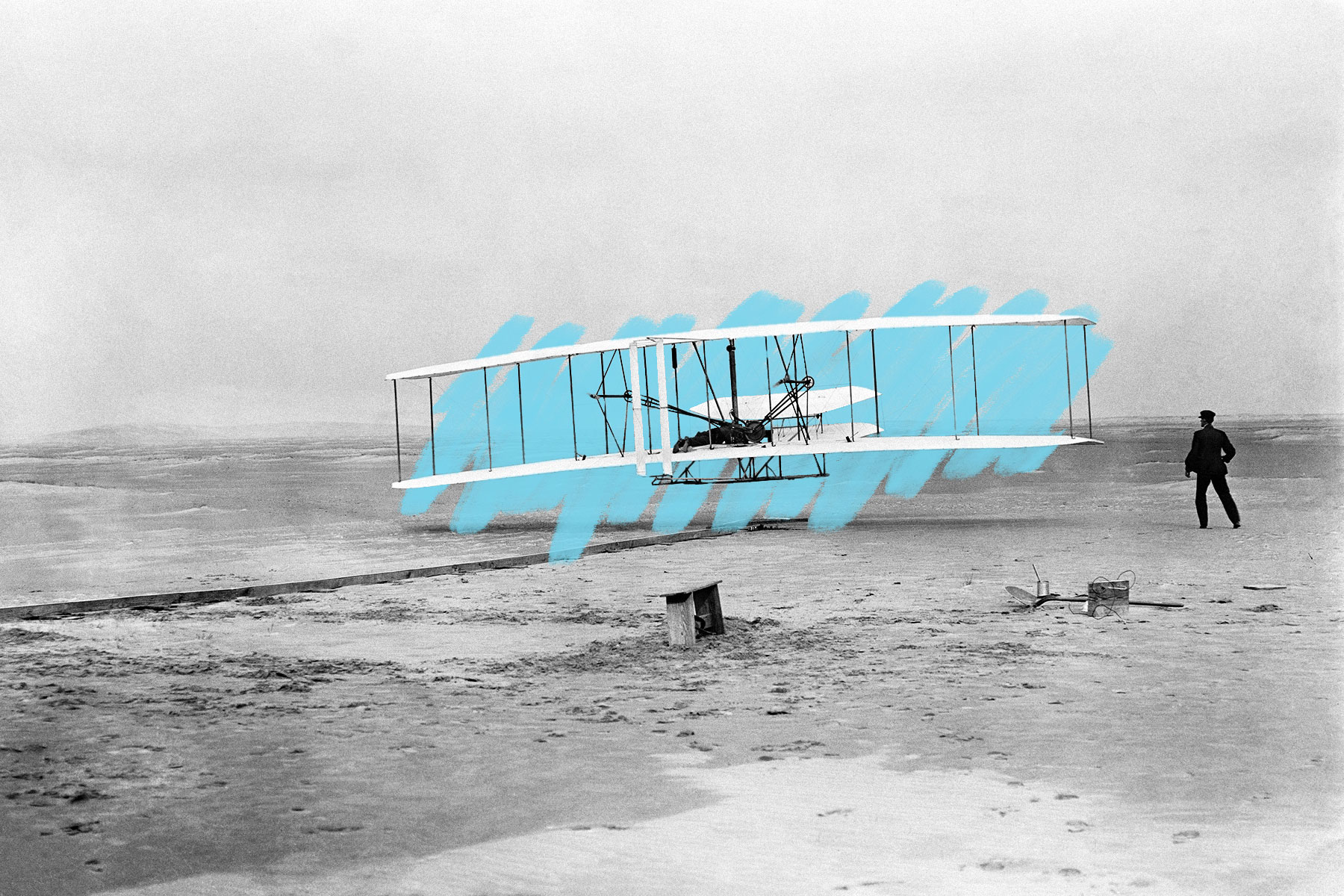Parts from the original Wright Flyer have been to space.
On December 17, 1903, at Kitty Hawk, North Carolina, aviators Orville and Wilbur Wright achieved the world’s first motor-powered airplane flight. On that historic flight, the Wright brothers’ aircraft, the Wright Flyer, reached an altitude of just 8 feet and traveled a distance of 120 feet. Little did anyone know that just 66 years later, parts of that very same plane would travel much higher and much farther — all the way to the moon.
When astronaut Neil Armstrong became the first person to walk on the moon on July 20, 1969, he brought with him two fragments from the original Wright Flyer: a 1.25-square-inch piece of muslin fabric cut from the aircraft’s left wing, and a piece of spruce wood taken from the left propeller. Armstrong carried the pieces inside his “personal preference kit,” a small bag of personal items that each of the Apollo 11 astronauts was allowed to bring with them into the lunar module for their journey. But Armstrong wasn’t content to simply treat the Wright Flyer artifacts as carry-on luggage — he placed the fabric and wood inside a pocket of his space suit and walked with them on the lunar surface. In this way, Armstrong was able to pay tribute to the Wright brothers, whose pioneering work ushered in the age of aviation that made the Apollo 11 mission possible.
You may also like
Recommendations For You
-
01.
 Science & Industry
Science & IndustryWhy Did Doctors Wear Beak Masks During the Bubonic Plague?
-
02.
 Science & Industry
Science & Industry5 Inventions That Came Out of the Great Depression
-
03.
 Science & Industry
Science & Industry6 Amazing Breakthroughs Made by the Ancient Greeks
-
04.
 Science & Industry
Science & Industry6 Shocking “Scientific” Beliefs From Victorian England











